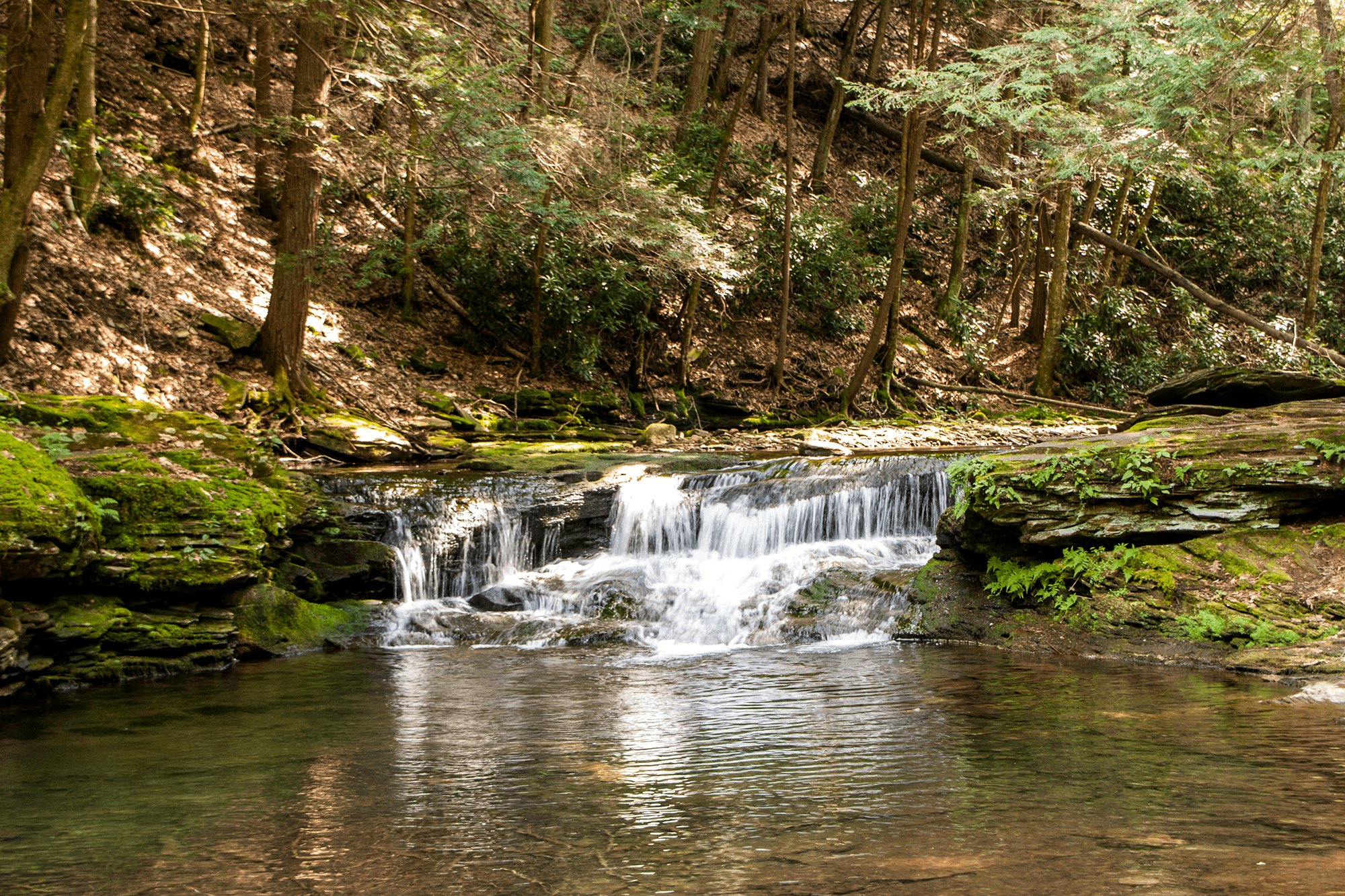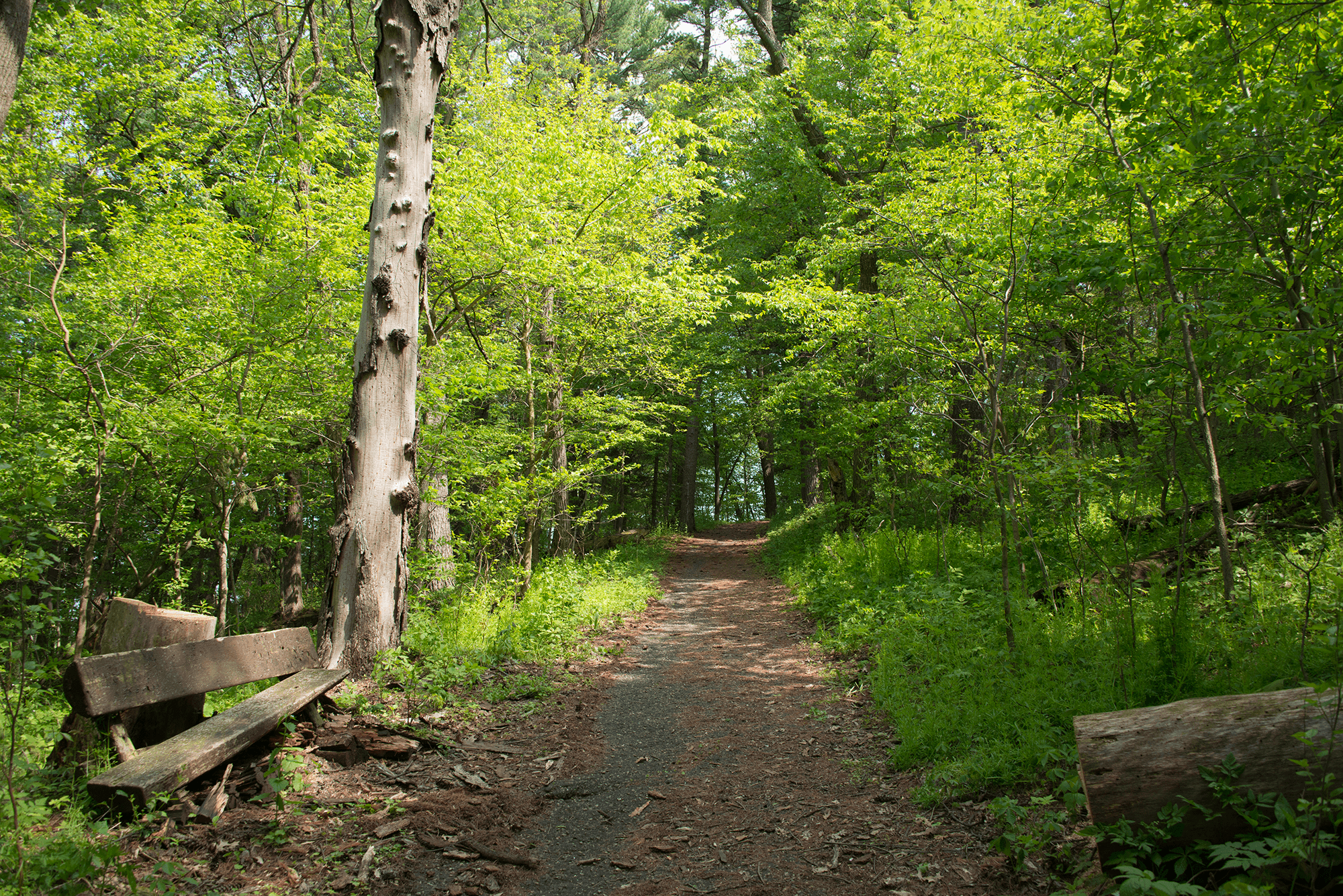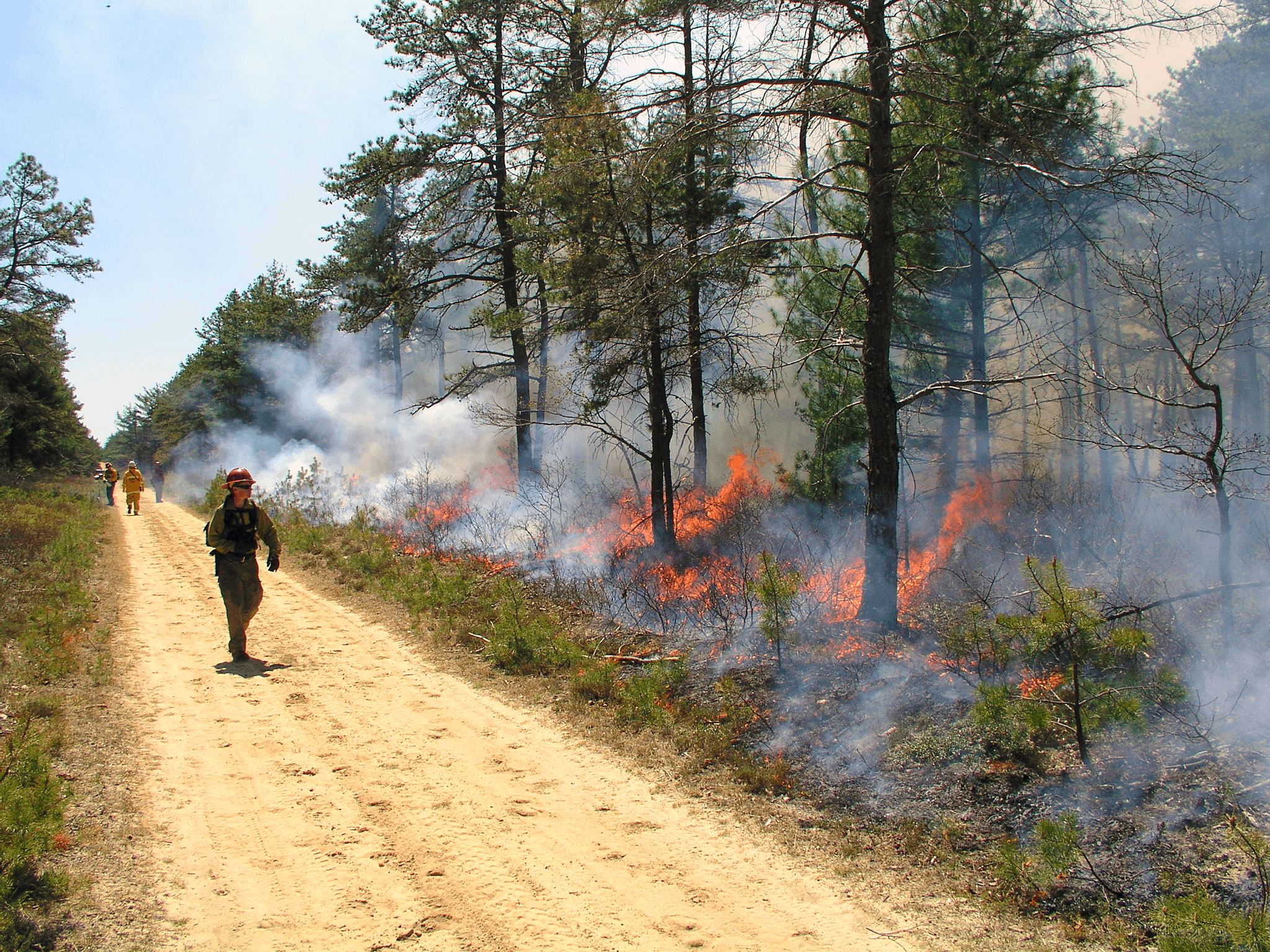Fire is a natural part of many forest ecosystems, often helping to renew and regenerate forests. And periodic, low-intensity fires can help to reduce the risk of large, disastrous fires later on. But the benefits of fire must be balanced with the harm it can do to human life, property, and forests’ ability to provide benefits.
During and after World War II, a massive federal, state, and local infrastructure was established to prevent and fight forest fires. As land managers have learned more about the value of fire, however, some wildfires have been allowed to burn. Some fires, called prescribed burns, are even planned and deliberately set to help clear fuel from and revitalize forested areas or to maintain wildlife openings.
As forest lands are converted to human developed areas, the potential for harm and the challenges associated with prevention and fire response grow. Public agencies invest substantial resources in informing and building prevention and response capacity among homeowners located in the urban-rural interface. Agencies also fight fires when they threaten life, property, and the values forests provide.





